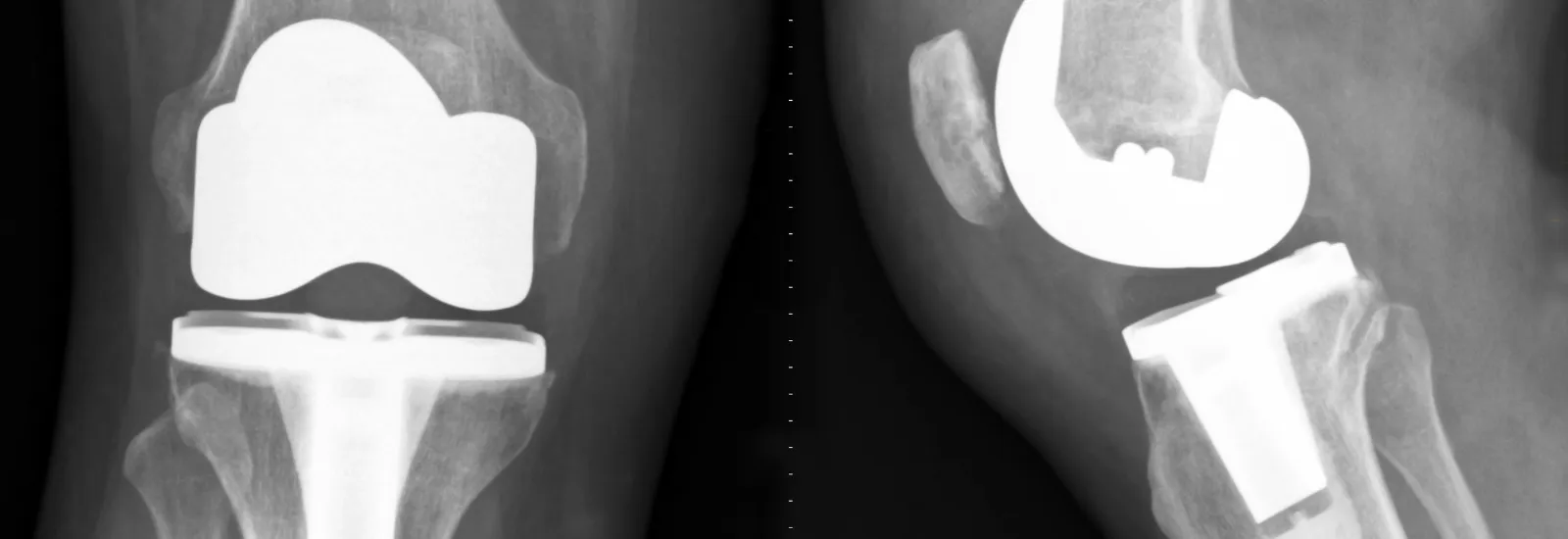
Regain your mobility: Stryker Mako SmartRobotics joint replacement
Successful joint replacement involves more than just having
an operation. It's a process that requires careful preparation, planning, and patient
involvement.
Today, many orthopedic specialists consider the Stryker Mako
SmartRobotics system a game changer in the field of robotic-assisted knee replacement
surgery. This next-generation technology is also a preferred method of performing
hip replacements.
The system offers an exceptional degree of surgical
precision and customization to the joint replacement process, combined with
sophisticated recovery support for patients. The result is better surgical
outcomes and improved quality of life for patients.
What is joint replacement surgery?
Joints are complex groups of working parts that can be
damaged by injury, disease, or wear and tear over time. This can cause joint
pain and reduced function. Joint replacement is an orthopedic
surgery that renews surfaces inside the damaged joint with components made
of specialized materials. The goal of a joint placement is to relieve pain,
restore joint function, and improve mobility. A joint replacement can be
customized to each patient's unique needs.
What is robotic-assisted joint replacement?
Modern joint
replacement procedures were kickstarted by the advent of minimally invasive
surgery techniques. An alternative to traditional "open" surgery, minimally
invasive surgery is performed through very small incisions. This results in
reduced post-surgical discomfort, shorter hospital stays, and faster recovery.
Robotic-assisted surgery provided further enhancements to the process by improving the surgeon's ability to see tiny details, access hard-to-reach areas, and avoid fatigue.
The Stryker Mako SmartRobotics system goes a step further,
helping the surgeon plan and perform joint replacement surgery with a degree of
precision and personalization never before possible.
How it works
The system is made up of three key components: 3D CT-based
planning, AccuStop haptic technology, and data analytics. Together, these
technologies allow the surgeon to achieve accurate, personalized results for
each patient. Here's how they work:
- 3D CT-based planning starts with a CT (computed tomography) scan of the joint to be replaced. This scan creates a three-dimensional model of the shape of the hip or knee joint in great detail. After deciding on the best size and placement of joint implants for a patient's needs, the surgeon creates a computerized surgery plan. The CT-based plan helps the surgeon achieve an accurate placement of implants, as well as preserve more healthy bone and joint tissue. This results in joint replacement implants that work more effectively and feel more natural.
- AccuStop haptic technology provides feedback during surgery, based on the surgeon's computerized plan. AccuStop assists the surgeon by highlighting only those tissues that need to be operated on to obtain the desired result.
- Data analytics gathers information on joint replacement patients from the planning phase through completed recovery. This allows the surgeon to track each patient's individual progress in real time, as well as spot trends to help improve care for all patients.
The system is specially designed to
assist with joint replacement procedures on the knee and hip, including total
knee replacement and total hip replacement. The orthopedic surgeons at Reid
Health Comprehensive Bone and Joint Center have extensive experience with
the Mako system. Since adopting the technology in 2019, their surgeons have
performed more than 1,200 joint replacement surgeries.
RecoveryCOACH is right by your side
After joint replacement surgery, patients typically need to
complete several weeks of orthopedic
rehabilitation followed by several months of monitoring until the healing
process is complete.
RecoveryCOACH is an online guide to help joint replacement
patients navigate the recovery process. It can be accessed from any computer or
smartphone with an internet connection, and is available before, during, and
after joint replacement surgery.
This easy-to-use, effective tool guides joint replacement
patients through the process of joint replacement surgery and the steps they
need to take to help ensure recovery will be successful. It's designed to help
patients feel more confident and prepared before surgery, and better manage recovery
with exercises and self-care.
- With RecoveryCOACH, patients can:
- Review helpful materials before surgery, such as tips on how to prepare their homes for recovery
- Receive the right information about joint replacement surgery at the right time
- Make it easier to share information about the joint replacement process with family and others providing support
- Keep track of day-to-day progress
- Inform the joint replacement care team about challenges and needs
A recent case study of Reid Health's adoption of
RecoveryCOACH showed patients logged in 56 times on average; 97% of patients
reported feeling prepared for joint replacement surgery. The data gathered also
helps the Comprehensive Bone and Joint Center continuously refine its care
processes and improve outcomes for their patients.
Through the use of these leading-edge technologies, surgeons who practice state-of-the-art musculoskeletal medicine are able to improve outcomes and advance the science of orthopedic care for their patients.
Download our Joint
Care Guide, in which Reid Health bone and joint specialists and surgeons offer lifestyle
tips to protect joint health, facts about the causes of joint pain, and advice for
effective pain relief.

